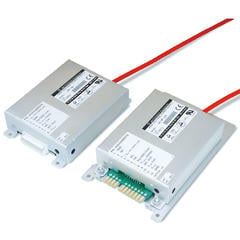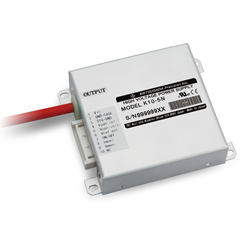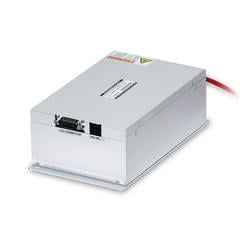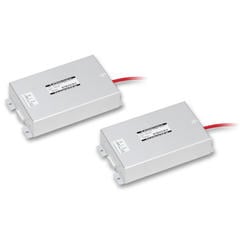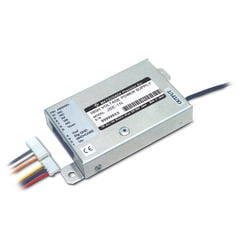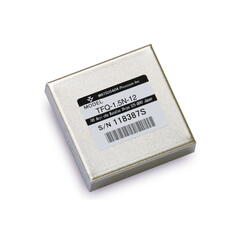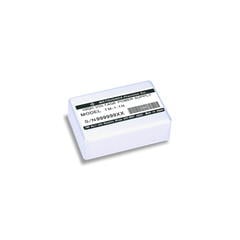A flat panel detector (FPD) is an X-ray camera (x-ray imaging device) used in digital radiography. In a digital camera, a CCD or CMS sensor receives visible light formed through the lens and converts it into a photograph. On the other hand, the X-ray FPD converts the X-rays that pass through the object to be imaged into electrical signals and creates radiography.
Flat panel detectors are used in X-ray CT, medical x-rays, and mammography in place of conventional X-ray II (image intensifiers) and IP (imaging plates). FPD has a wider dynamic range than X-ray II and does not need to be developed like an IP to view images in real-time.
There are two types of X-ray FPDs: indirect conversion flat panel detectors and direct conversion flat panel detectors.
In the indirect method, the scintillator is laid flat and the emission is detected by a PD (photodiode). It does not use a power supply.
There are two methods of direct type, one using amorphous selenium (a-Se) and the other using cadmium telluride (CdTe). In the amorphous selenium method, a high-voltage bias is applied to the selenium film, and the current flowing turns on the TFT transistor as X-rays enter the film, converting the signal into an image.
Matsusada Precision handles power supplies for applying high voltages to amorphous selenium films.
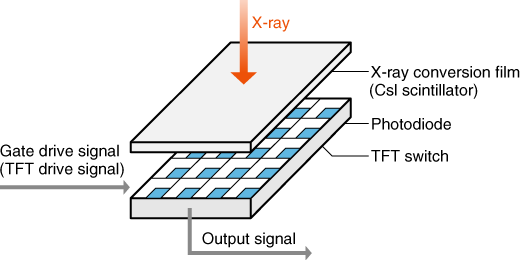
- Related words:
-
- Direct Conversion
- Flat Panel Detector (FPD)
- amorphous Selenium (a-Se)
- direct X-ray conversion
- Imaging Plates (IP)
- X-ray image intensifier (I.I.)
- Radiography
- Computed Tomography (CT)
- X-ray image sensor
Information on related articles in Technical Knowledge
Recommended products
We handles the power supply for applying high voltage to the selenium film.
Information on related articles in Technical Knowledge
- Principles of Radiography
- How to use X-ray Inspection System safely
- How to Take Beautiful X-ray CT Images? - X-ray Non-Destructive Inspection series (1) -
- How to View X-ray CT Images - X-ray Non-Destructive Inspection series (2) -
- X-ray Image Processing and Automatic Inspection - X-ray Non-Destructive Inspection series (3) -
- What is the difference between radioactivity, radiation, and radioactive materials?
- Radiation Effects on the Human body and the safety of X-ray equipment
- Non-Destructive Testing: Types and Applications
- What are X-rays? (Basic Knowledge)
- What is Microfocus X-ray? (Basic Knowledge)
- Computed Tomography (CT) Basic and Principle




